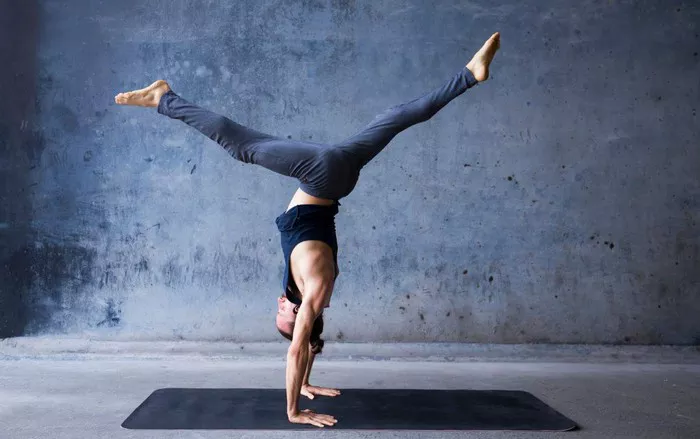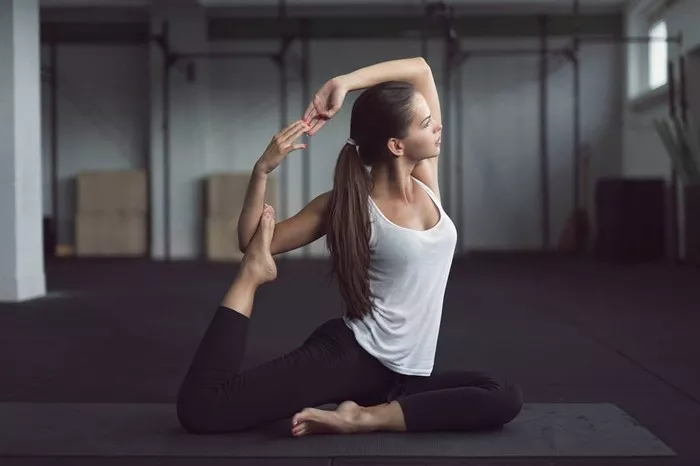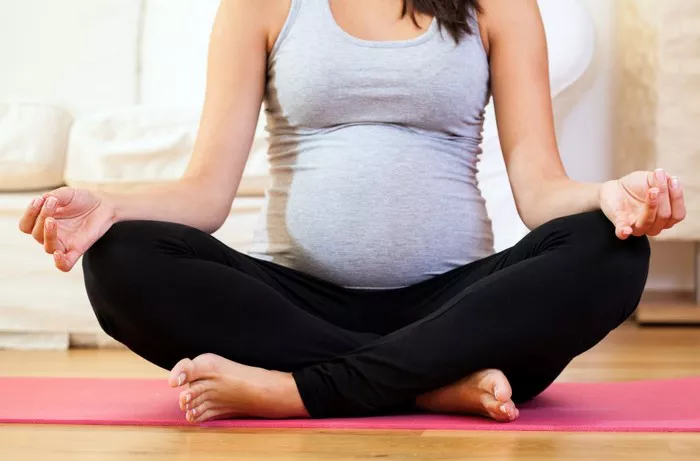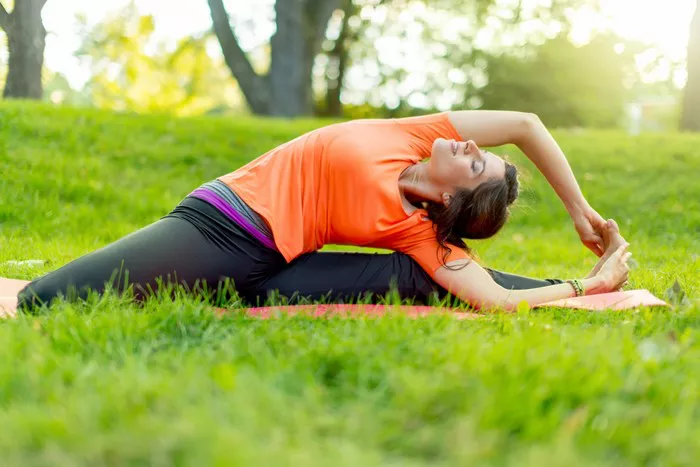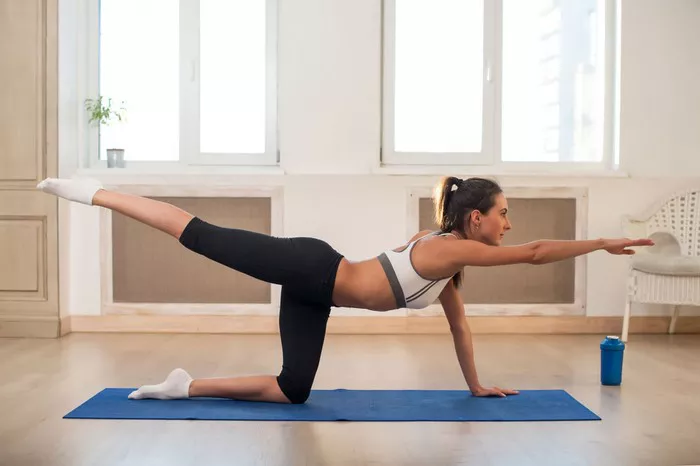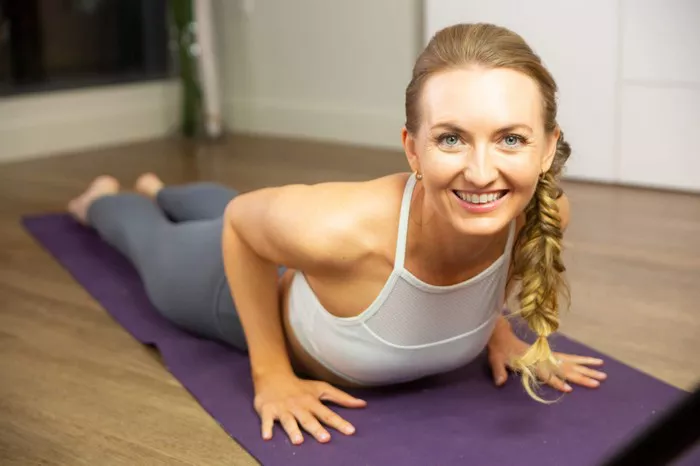Yoga, with its ancient roots in India, encompasses a wide array of postures, each offering unique benefits to the body, mind, and spirit. Among these, the Tree Pose, or Vrksasana, holds a special place. A standing posture that demands balance, flexibility, and focus, Tree Pose is often seen as an entry point to more complex postures, yet its benefits extend far beyond its simplicity. This article delves into the purpose and significance of the Tree Pose in yoga, highlighting its physical, mental, and spiritual benefits, as well as its relevance within the larger context of a yoga practice.
Understanding Tree Pose (Vrksasana)
In Sanskrit, the word Vrksa means “tree,” and Asana means “pose” or “posture.” Thus, Vrksasana translates to “Tree Pose.” The posture involves standing on one leg while placing the sole of the other foot on the inner thigh or calf (avoiding the knee) of the standing leg, with hands brought together in prayer position at the heart center or raised overhead, resembling the branches of a tree. While the pose might seem simple, it requires a significant amount of concentration, balance, and control, which is why it’s often used as both a physical challenge and a mental grounding tool in yoga.
The Purpose of the Tree Pose in Yoga
The Tree Pose serves a variety of purposes, and its effects resonate in different ways for practitioners. Whether it’s a beginner learning to cultivate balance, a seasoned yogi looking to strengthen their practice, or someone seeking mindfulness, the Tree Pose offers a holistic range of benefits. Below are the key purposes of practicing Tree Pose in yoga:
1. Building and Improving Balance
One of the primary purposes of Tree Pose is to enhance balance and stability. Standing on one leg requires both physical and mental equilibrium. As the body works to keep the standing leg stable, several small stabilizing muscles are engaged, particularly in the core, hips, and ankles. By consistently practicing the Tree Pose, these stabilizing muscles grow stronger, improving your ability to maintain balance not only during yoga but in everyday activities as well.
The balance challenge inherent in this pose also trains the mind to stay present and focused. As you hold Tree Pose, you learn to tune out distractions, refine your body awareness, and embrace a sense of steadiness in the moment. Over time, your sense of balance will transfer beyond the mat into your daily life, helping you feel more grounded in various situations.
2. Strengthening and Toning the Lower Body
Tree Pose is a weight-bearing posture, which means it helps to tone and strengthen the muscles of the lower body. The standing leg is actively engaged, working the quadriceps, hamstrings, calves, and glutes. Holding the position for an extended period further activates the stabilizing muscles of the ankle and foot. These muscles are often neglected in daily life but play a critical role in maintaining good posture, preventing injury, and supporting overall mobility.
Additionally, Tree Pose helps stretch and lengthen the inner thigh, hip flexors, and groin, as the lifted leg stretches toward the side of the body. This combination of strengthening and stretching makes the Tree Pose a balanced lower-body workout.
3. Promoting Core Strength
While the lower body is engaged, Tree Pose also requires activation of the core muscles to maintain balance and prevent wobbling. Your core muscles—abs, obliques, and lower back—work together to keep the body stable in the standing position. This engages the deep stabilizers of the spine and improves overall core strength. A strong core supports good posture, relieves back pain, and enhances your performance in other physical activities.
4. Improving Flexibility
Although Tree Pose is not necessarily considered a deep stretching posture, it offers a good stretch for various parts of the body, especially the inner thighs, hips, and groin. As you lift one leg and place it on the standing leg, you encourage the hip flexors and groin to open, which can help increase flexibility in these areas over time.
Additionally, keeping the arms extended overhead or in a prayer position provides an upper body stretch, opening the chest and improving flexibility in the shoulders and arms. By practicing Tree Pose regularly, you encourage greater flexibility in both the lower and upper body, enhancing mobility and reducing stiffness.
5. Enhancing Mental Focus and Concentration
The Tree Pose requires a high degree of concentration. To stay balanced, you must direct your attention inward, focusing on your breath, body alignment, and balance. This intense mental focus fosters mindfulness, helping to calm the mind and reduce stress. As you practice maintaining stillness in the posture, you also cultivate the ability to quiet mental chatter, which is an important skill in yoga and in life.
The process of finding your “center” in the pose—physically and mentally—teaches you how to be present and anchored in the moment. This increased mindfulness extends off the mat, helping you to be more focused and grounded in everyday situations.
6. Cultivating Calm and Reducing Stress
As a standing pose that requires both mental and physical engagement, Tree Pose can help balance the body’s nervous system. The act of focusing on breath and maintaining the posture helps to activate the parasympathetic nervous system, which is responsible for the body’s relaxation response. By calming the mind and body, Tree Pose helps reduce stress levels, lower blood pressure, and foster a sense of tranquility.
Yoga as a whole is known for its stress-reducing qualities, and Tree Pose is no exception. In moments of tension or anxiety, practicing Tree Pose can serve as a grounding tool, bringing you back to the present moment and providing a sense of stability.
7. Developing Mental Resilience and Patience
Tree Pose is not just a physical challenge—it’s a mental one as well. Maintaining balance on one leg requires patience, persistence, and resilience. It’s common to wobble or even fall out of the pose at first, but with practice, the body learns to stay steady, and the mind learns to embrace imperfection. This process mirrors life itself—where we face challenges, moments of imbalance, and the need for resilience to keep going.
By cultivating patience and resilience in Tree Pose, practitioners learn to approach difficult situations with greater calm and grace. It’s a reminder that balance is not about perfection but about staying grounded, no matter how many times we stumble or lose our center.
8. Fostering a Sense of Grounding and Connection
On a deeper, more spiritual level, Tree Pose symbolizes rootedness and connection to the earth. By standing on one leg, you imagine yourself like a tree, firmly rooted in the ground with your branches reaching toward the sky. This imagery can be deeply grounding, helping you feel more connected to your body and to the world around you.
The practice of grounding is essential in yoga, as it encourages a sense of stability and support. As you root down through the standing foot, you connect with the earth beneath you. Simultaneously, as you lift your arms to the sky, you open your heart and mind, symbolizing your connection to the greater universe. This balance between grounding and reaching encourages a sense of wholeness, unity, and harmony within the body, mind, and spirit.
9. Increasing Awareness of the Body
Yoga is often referred to as a “moving meditation,” and Tree Pose is a perfect example of this concept. As you focus on the alignment of your body, you become more aware of how it feels in space. You learn to notice subtle shifts in balance, engage different muscle groups, and refine your posture. This heightened awareness of your physical body enhances your ability to listen to it, which can improve posture, prevent injuries, and deepen your overall yoga practice.
10. Creating a Strong Foundation for Other Postures
Tree Pose is often used as a preparatory posture for more advanced standing poses or balancing postures in yoga. The alignment principles and balance skills you develop in Tree Pose help lay a solid foundation for other postures such as Warrior III, Eagle Pose, or Dancer’s Pose. By mastering Tree Pose, you can progress to more complex asanas with greater ease and confidence.
Variations of Tree Pose
There are several variations of Tree Pose that can be incorporated into a yoga practice, depending on the practitioner’s level of ability and intention. Some common variations include:
Traditional Tree Pose (Vrksasana): This is the standard version, with the foot placed on the inner thigh or calf of the opposite leg and hands in prayer or overhead.
Tree Pose with a Wall for Support: Beginners or those struggling with balance may use a wall for support while practicing Tree Pose, placing one hand on the wall for stability.
Revolved Tree Pose (Parivrtta Vrksasana): A more advanced variation where the torso is twisted, and the hands are in a prayer position at the chest, adding an element of twisting to the pose.
Tree Pose with Raised Arms: In this variation, the arms are extended overhead with palms facing each other, adding a lengthening stretch to the upper body.
Half Tree Pose: For those with limited balance or flexibility, the foot can be placed lower on the leg (at the ankle or calf) rather than on the inner thigh.
Conclusion
The Tree Pose in yoga is a powerful posture that offers a wide range of physical, mental, and spiritual benefits. From building strength and balance to cultivating patience and mindfulness, the Tree Pose serves as a fundamental yet profound practice that supports overall well-being. Whether you are a seasoned yogi or a beginner, incorporating Tree Pose into your practice can enhance your body awareness, foster mental clarity, and deepen your connection to both the earth and your own inner strength. Through consistent practice, Tree Pose can help you find your center, grow your resilience, and create a sense of groundedness that will support you both on and off the mat.
Related Topics:

